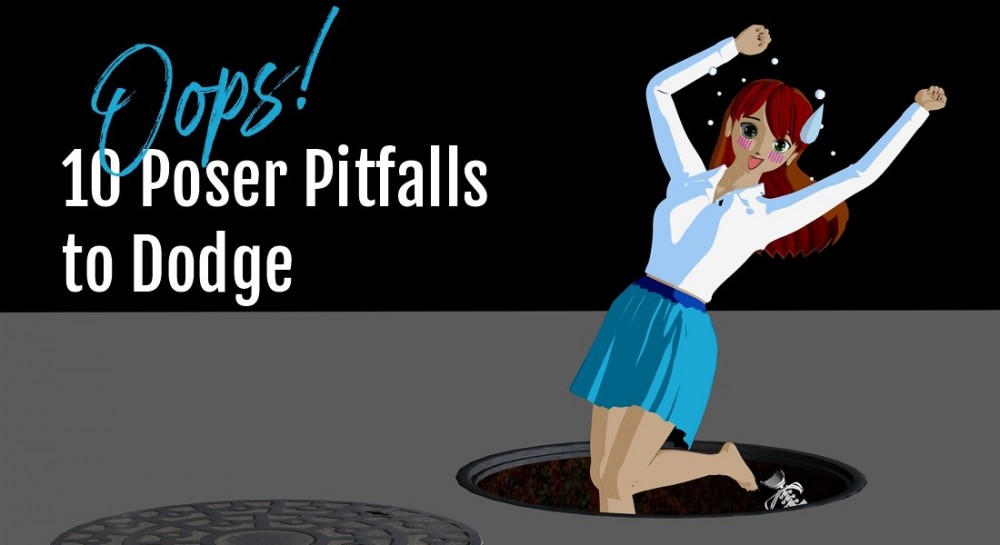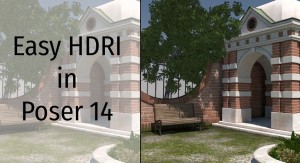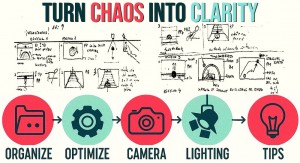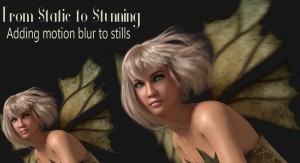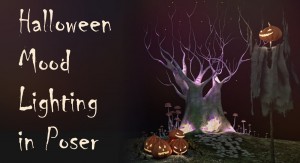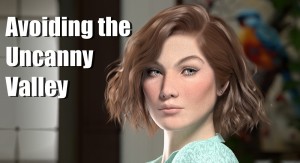Poser is a powerful tool for creating stunning 3D art, but even seasoned users can fall into common traps that flatten the impact of a scene. Whether you're building portraits, storytelling vignettes, or promotional visuals, avoiding these pitfalls can dramatically improve your results. Let’s walk through the most frequent missteps—and how to sidestep them with style.
Flat Lighting Syndrome
One of the quickest ways to drain life from a render is using overly even or ambient lighting. While it may seem safe, flat lighting erases depth, mood, and drama.
Instead, aim for directional lighting that sculpts your figures—rim lights to separate them from the background, and contrast to guide the viewer’s eye. Think like a cinematographer: light with intention.
Stiff Posing
Characters that look like mannequins break immersion instantly. The culprit? Symmetrical, rigid poses with locked joints and lifeless hands.
To fix this, introduce asymmetry, bend elbows and knees slightly, and add subtle shifts in weight. Use Inverse Kinematics in your posing to better weigh down figure in a pose. Reference real-life gestures or photos to bring natural movement and emotion into your figures.
Overcrowded Scenes
More isn’t always better. Overloading your scene with props, figures, or background elements can overwhelm the viewer and dilute your story.
Instead, focus on clarity. Use negative space to breathe, and let your central characters shine. Every element should serve the narrative.
Texture Overload
Mixing high-resolution and low-resolution textures—or clashing material styles—can make your scene feel disjointed. Keep materials consistent in quality and tone.
Use Poser’s Material Room to fine-tune specularity, bump maps, and reflections so everything feels cohesive and intentional.
Ignoring Eye Direction
Where your characters look matters. Eyes that stare blankly or in random directions disconnect the viewer from the story.
Align eye gaze with the emotional flow—toward another figure, a prop, or the camera. Even a subtle glance can suggest tension, intimacy, or curiosity.
Camera Complacency
Straight-on shots often feel static and uninspired. Try low or high angles to shift power dynamics, or add depth of field to create intimacy or focus. A slight tilt (Dutch angle) can add drama—just don’t overdo it.
Overexposure to Filters
Postwork effects like bloom, glow, or fog can enhance a scene—but have too many of them or to an intense degree, and you risk turning your render into a blur. Use filters sparingly and purposefully. Let lighting, composition, and posing do the storytelling heavy lifting.
Neglecting Shadows
Floating figures or props with no grounding shadows break realism fast. Always enable shadows or use shadow-catching surfaces to anchor your scene. Shadows aren’t just technical—they’re emotional tools that add weight and atmosphere.
Uniform Expressions
If every character wears the same neutral or exaggerated face, your scene loses nuance. Use subtle facial morphs and asymmetry to convey emotion. A raised brow, a half-smile, or a furrowed forehead can speak volumes. Expressions should match the mood and relationships in your scene.
Render Resolution Missteps
Low-resolution renders might be fine for previews, but they fall apart in promos or print. Always check your DPI and resolution settings before final output. For polished results, increase render samples and resolution to avoid pixelation and noise.
Avoiding these pitfalls doesn’t mean perfection—it means intentionality. Every choice in Poser, from lighting to posing, is a chance to tell a stronger story. So next time you set up a scene, pause and ask: is this serving the emotion, the narrative, and the viewer’s eye?
.png)
